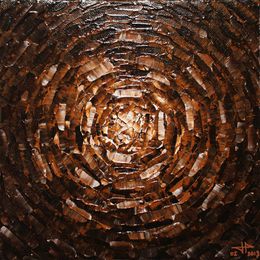
Petit éclat de lueur marron
Jonathan Pradillon
Painting - 20 x 20 x 1.5 cm Painting - 7.9 x 7.9 x 0.6 inch
€60
The painting knife, or palette knife, as it is often called, has been a part of painter's tools for many centuries. Originally, it wasn't used to apply paint or to produce impastos but to mix pigments, to superimpose one layer of paint over another to modify it appearance or to remove excess paint from the canvas. Consisting of a curved handle and a flexible steel blade, its shape is comparable to that of a small trowel. It was during the Renaissance that the palette knife began to be used for something other than its original purpose and that artists started to use it to paint. Before that, painters sought to create a realistic and therefore smooth result. But artists such as Rembrandt, Titian or Fragonard noticed that scraping paint to create impasto helped to create eye-catching texture, relief and light.
Gustave Courbet is well-known for having brought palette knives back into fashion in the 19th century, a pivotal period when the art of painting, and art in general, underwent many changes and transformations. He was followed by the Impressionists and the modern painters (Monet, Van Gogh, Turner, etc) who used it to create thick impastos. Impressionists were particularly keen on this tool which was well-suited to the way in which they sought to represent light realistically, as our eyes see it. The invention of the easel and paint tubes allowed them to leave their workshops and to paint outside, enabling them to depict the shimmering reflections of water and the ever changing nature. They applied paint quickly in small thin strokes on the canvas and created texture using the knife. To create this effect, they used oil paint and acrylic, working them as little as possible so as to ensure their thick, dense appearance.
On Artsper, find works by Aude Herlédan and Judith HM, amongst others who have transcribed the use of the palette knife in unique ways in their contemporary practice!
Save your search and find it in your favorites
Save your search to find it quickly
Saved search
Your search is accessible from the favorites tab > My favorite searches
Unsaved search
A problem occurred

Painting - 20 x 20 x 1.5 cm Painting - 7.9 x 7.9 x 0.6 inch
€60

Painting - 50 x 50 x 1.5 cm Painting - 19.7 x 19.7 x 0.6 inch
€140

Painting - 50 x 50 x 1.5 cm Painting - 19.7 x 19.7 x 0.6 inch
€140
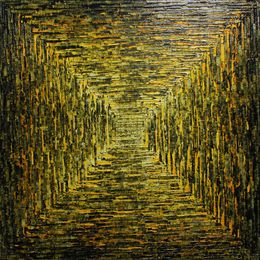
Painting - 50 x 50 x 1.5 cm Painting - 19.7 x 19.7 x 0.6 inch
€140

Painting - 50 x 50 x 1.5 cm Painting - 19.7 x 19.7 x 0.6 inch
€140
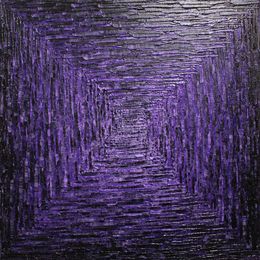
Painting - 50 x 50 x 1.5 cm Painting - 19.7 x 19.7 x 0.6 inch
€140
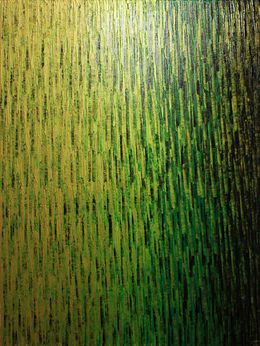
Painting - 80 x 60 x 1.6 cm Painting - 31.5 x 23.6 x 0.6 inch
€240

Painting - 80 x 60 x 1.6 cm Painting - 31.5 x 23.6 x 0.6 inch
€240 €216
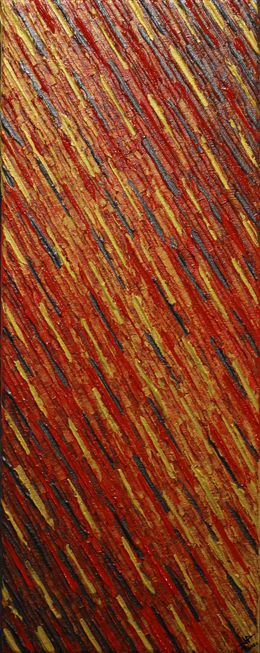
Painting - 50 x 20 x 2 cm Painting - 19.7 x 7.9 x 0.8 inch
€90
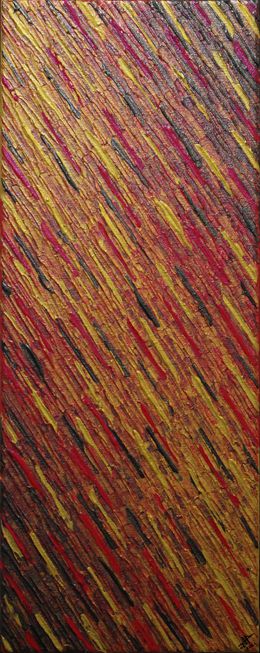
Painting - 50 x 20 x 2 cm Painting - 19.7 x 7.9 x 0.8 inch
€90
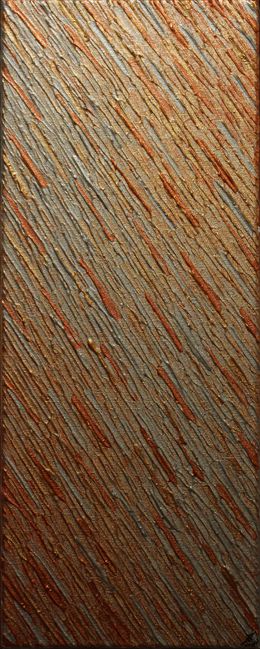
Painting - 50 x 20 x 2 cm Painting - 19.7 x 7.9 x 0.8 inch
€90
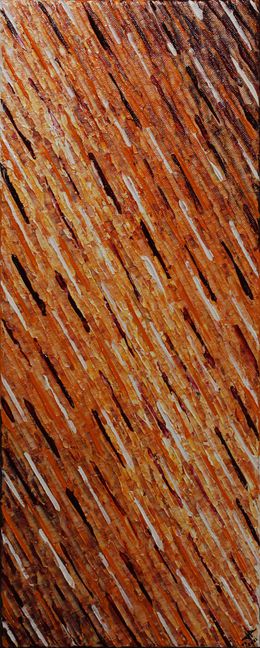
Painting - 50 x 20 x 2 cm Painting - 19.7 x 7.9 x 0.8 inch
€90

Painting - 50 x 20 x 2 cm Painting - 19.7 x 7.9 x 0.8 inch
€90

Painting - 50 x 20 x 2 cm Painting - 19.7 x 7.9 x 0.8 inch
€90
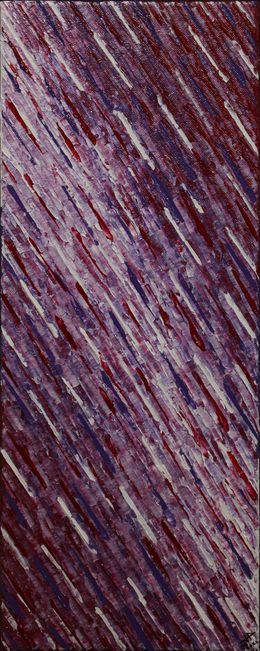
Painting - 50 x 20 x 2 cm Painting - 19.7 x 7.9 x 0.8 inch
€90
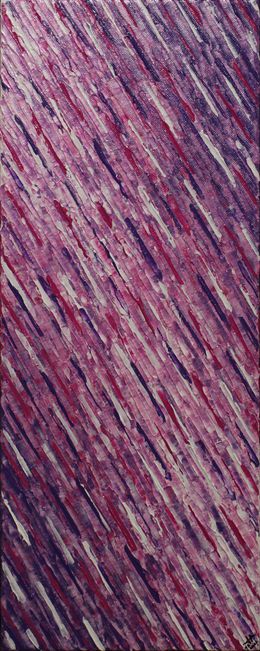
Painting - 50 x 20 x 2 cm Painting - 19.7 x 7.9 x 0.8 inch
€90

Painting - 61 x 50 x 1.6 cm Painting - 24 x 19.7 x 0.6 inch
€160

Painting - 80 x 80 x 3 cm Painting - 31.5 x 31.5 x 1.2 inch
€2,380
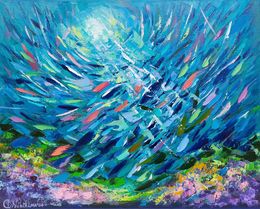


Painting - 65 x 55 x 2.5 cm Painting - 25.6 x 21.7 x 1 inch
€995 €796



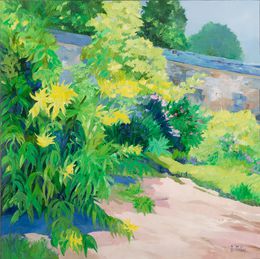

Painting - 81 x 100 x 1 cm Painting - 31.9 x 39.4 x 0.4 inch
€3,500

Painting - 80 x 60 x 2 cm Painting - 31.5 x 23.6 x 0.8 inch
€650
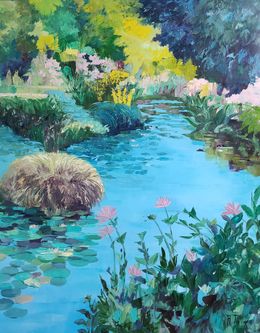
Painting - 100 x 81 x 2 cm Painting - 39.4 x 31.9 x 0.8 inch
€3,000

Painting - 100 x 81 x 2 cm Painting - 39.4 x 31.9 x 0.8 inch
€3,000


Painting - 50 x 60 x 2 cm Painting - 19.7 x 23.6 x 0.8 inch
€800
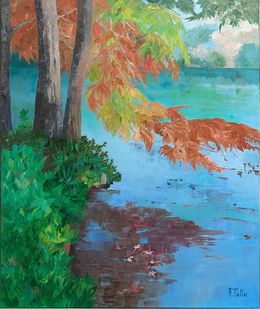
Painting - 100 x 81 x 2.5 cm Painting - 39.4 x 31.9 x 1 inch
€2,800



Painting - 100 x 100 x 2.5 cm Painting - 39.4 x 39.4 x 1 inch
€2,700

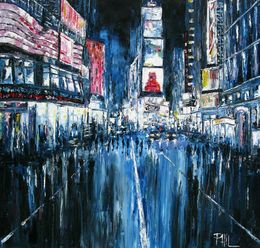
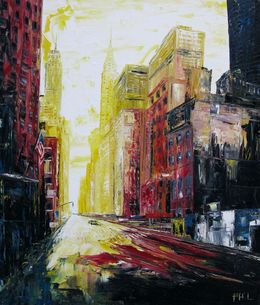
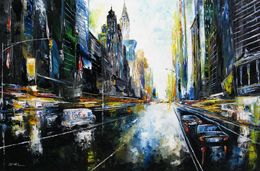
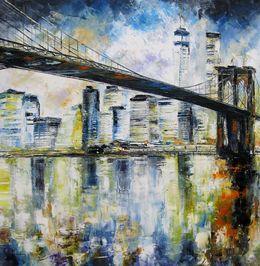
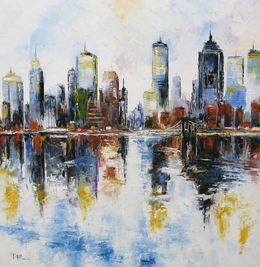
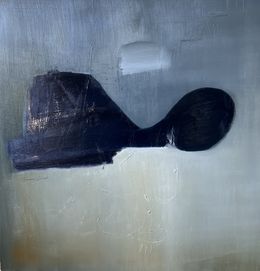

Painting - 70 x 50 x 0.2 cm Painting - 27.6 x 19.7 x 0.1 inch
€230

Painting - 70 x 50 x 1.5 cm Painting - 27.6 x 19.7 x 0.6 inch
€190

Painting - 70 x 50 x 1.5 cm Painting - 27.6 x 19.7 x 0.6 inch
€170

Painting - 120 x 100 x 1.5 cm Painting - 47.2 x 39.4 x 0.6 inch
€420

Painting - 50 x 50 x 1.5 cm Painting - 19.7 x 19.7 x 0.6 inch
€130

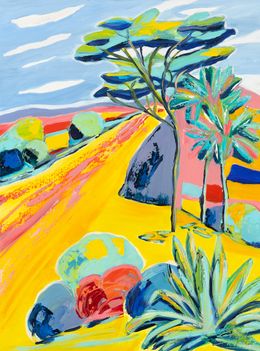



Painting - 40 x 40 x 2 cm Painting - 15.7 x 15.7 x 0.8 inch
€550

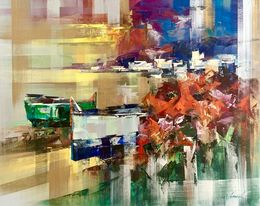
Painting - 65 x 81 x 2 cm Painting - 25.6 x 31.9 x 0.8 inch
€2,750

Painting - 80 x 80 x 2.5 cm Painting - 31.5 x 31.5 x 1 inch
€1,450
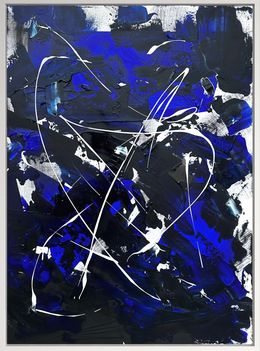
Painting - 80 x 60 x 2 cm Painting - 31.5 x 23.6 x 0.8 inch
€3,000
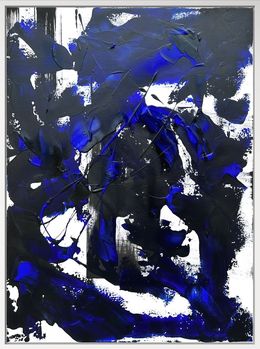
Painting - 80 x 60 x 2 cm Painting - 31.5 x 23.6 x 0.8 inch
€3,000

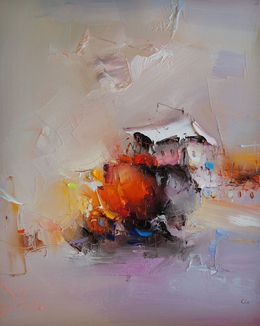
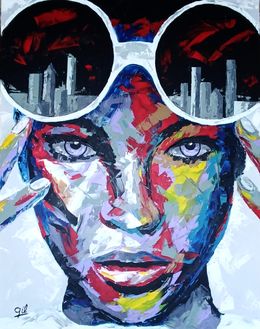
Painting - 116 x 85 x 3 cm Painting - 45.7 x 33.5 x 1.2 inch
€690
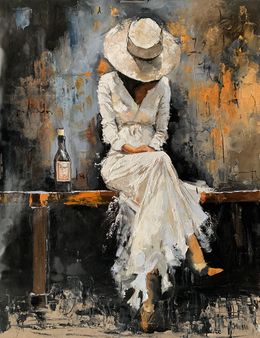
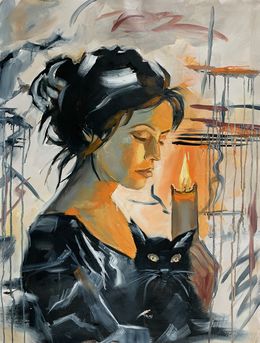
Painting - 90 x 70 x 1 cm Painting - 35.4 x 27.6 x 0.4 inch
€2,500

Painting - 50 x 122 x 1.5 cm Painting - 19.7 x 48 x 0.6 inch
€330
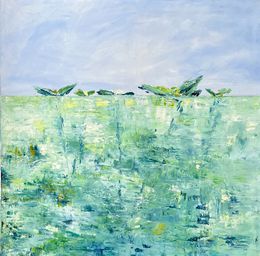
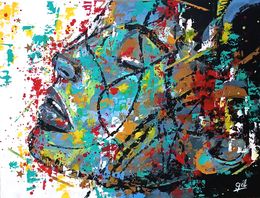





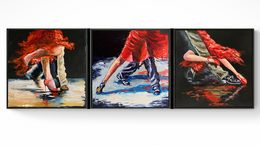
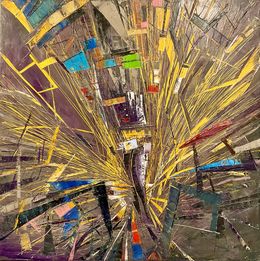
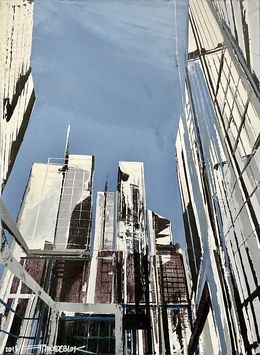
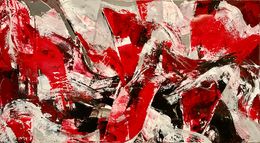
Painting - 60 x 120 x 2 cm Painting - 23.6 x 47.2 x 0.8 inch
€1,600

Painting - 80 x 80 x 3 cm Painting - 31.5 x 31.5 x 1.2 inch
€1,800

Painting - 60 x 80 x 3.5 cm Painting - 23.6 x 31.5 x 1.4 inch
€2,600
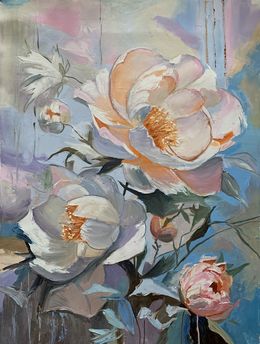
Painting - 90 x 70 x 1 cm Painting - 35.4 x 27.6 x 0.4 inch
€3,000
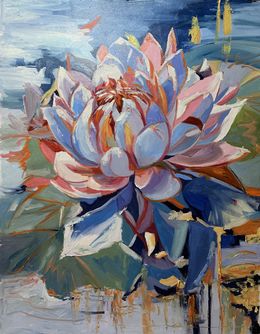
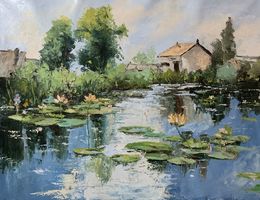

Painting - 40 x 120 x 2 cm Painting - 15.7 x 47.2 x 0.8 inch
€1,200

Painting - 40 x 120 x 2 cm Painting - 15.7 x 47.2 x 0.8 inch
€1,200
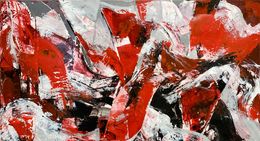
Painting - 60 x 110 x 3 cm Painting - 23.6 x 43.3 x 1.2 inch
€1,400
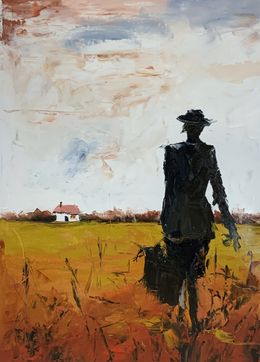

Painting - 70 x 50 x 1.5 cm Painting - 27.6 x 19.7 x 0.6 inch
€1,100

Painting - 100 x 100 x 1.5 cm Painting - 39.4 x 39.4 x 0.6 inch
€330

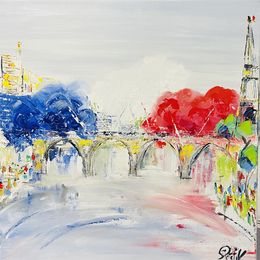
Painting - 60 x 60 x 2.5 cm Painting - 23.6 x 23.6 x 1 inch
€1,250
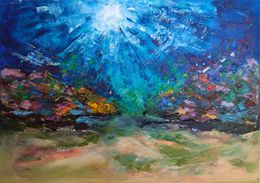
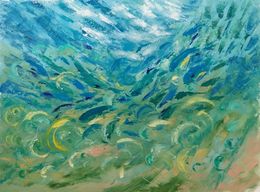
Painting - 60 x 80 x 2 cm Painting - 23.6 x 31.5 x 0.8 inch
€2,000

Painting - 89 x 260 x 2.5 cm Painting - 35 x 102.4 x 1 inch
€5,800
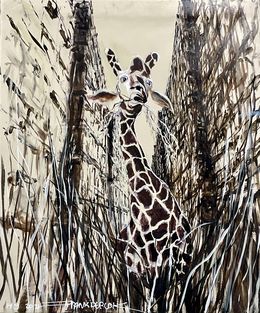
Painting - 55 x 46 x 3 cm Painting - 21.7 x 18.1 x 1.2 inch
€700
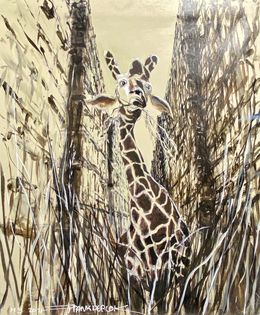
Painting - 70 x 50 x 3 cm Painting - 27.6 x 19.7 x 1.2 inch
€700
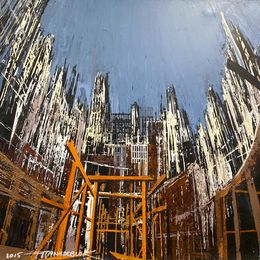
Painting - 70 x 70 x 2 cm Painting - 27.6 x 27.6 x 0.8 inch
€800
Choose your preferences
The art is yours
The art is yours